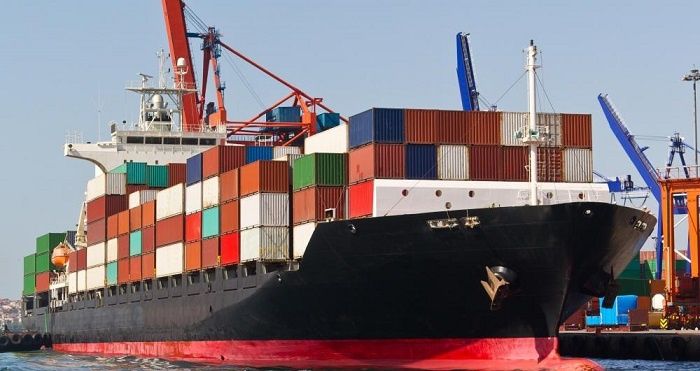
Kenya’s main exported goods
Kenya, an East African nation, has a well-established export economy primarily driven by agricultural products, with a growing diversification into minerals, manufacturing, and services. Here are the main export goods of Kenya:
1. Tea
Kenya is among the world’s leading tea exporters, known for its high-quality black tea. The country’s cool, temperate climate, particularly in the highlands, is ideal for tea production. Kenyan tea is primarily exported to countries in Asia, Europe, and the Middle East. In recent years, the government has focused on value addition to increase revenue by branding Kenyan tea globally.
2. Cut Flowers
The floriculture industry in Kenya is highly developed, making it one of the top global exporters of cut flowers, particularly to European markets. Kenyan flowers, primarily roses, are grown in greenhouses around Lake Naivasha. They are flown daily to auction markets in the Netherlands and directly to retailers in Europe. The floriculture industry contributes significantly to the country’s foreign exchange earnings and provides employment for thousands of Kenyans.
3. Coffee
Although smaller than tea, coffee is another traditional cash crop export. Known for its rich flavor, Kenyan Arabica coffee is highly valued globally. Exported mainly to Europe, the United States, and Asia, coffee continues to be an important agricultural export. The sector faces challenges due to competition, fluctuating global prices, and climate change, yet efforts are being made to enhance its competitiveness through specialty and high-quality varieties.
4. Horticultural Products
Beyond flowers, Kenya also exports a variety of fresh fruits and vegetables, including avocados, French beans, mangoes, and pineapples. The horticulture sector has grown rapidly, fueled by high demand in Europe and the Middle East, and contributes significantly to Kenya’s GDP. Kenyan avocados, in particular, have gained prominence, and in recent years, China has opened its market to this product, offering an additional export destination.
5. Minerals and Ores
Kenya has recently begun to tap into its mineral resources. Titanium, in the form of ilmenite, rutile, and zircon, is mined along the coastal region and exported, mainly to China and other Asian markets. These minerals are used in manufacturing pigments, ceramics, and refractory materials. There are also other mineral explorations underway, including potential for oil, gas, and gold, indicating Kenya’s ambition to expand its exports in the minerals sector.
6. Textiles and Apparel
With the establishment of Export Processing Zones (EPZs), Kenya has developed a textile and apparel industry largely for export, driven by favorable trade agreements like the African Growth and Opportunity Act (AGOA) with the United States. Kenyan-made garments, especially cotton-based products, are primarily exported to the U.S., with demand also emerging in Europe. The textile industry is seen as a critical sector for job creation and economic diversification.
7. Livestock and Animal Products
Kenya exports leather and processed animal products such as meat, hides, and skins. Although not a major export compared to other products, livestock farming is an important economic activity, especially in arid regions. There’s a growing interest in exporting premium Kenyan beef to Middle Eastern markets, while investments in tanneries aim to increase the value of leather exports.
8. Processed and Manufactured Goods
Kenya’s manufacturing sector, while still in development, exports various goods such as pharmaceuticals, plastics, and chemical products to East African and COMESA (Common Market for Eastern and Southern Africa) countries. The goal is to expand this sector to reduce the reliance on agricultural exports and contribute to industrial growth. Processed foods and edible oils are also exported within the region, highlighting Kenya’s role as a trade hub in East Africa.
9. Crude and Refined Oil
Although not yet a major export, oil exploration in Kenya has discovered significant reserves, particularly in the Turkana region. In recent years, pilot exports of crude oil have taken place, with potential future expansion if infrastructure and commercial viability improve. This sector holds promise for Kenya’s future economic growth as the government aims to develop an oil and gas industry.
Conclusion
Kenya’s export economy remains primarily agricultural, but it is increasingly diversified with products ranging from minerals to manufactured goods. Major export markets for Kenyan products include Europe, the Middle East, the United States, and neighboring African countries. The government is focusing on value addition, industrialization, and market diversification, aiming to stabilize export revenues and create job opportunities for Kenyans.



Leave a Reply